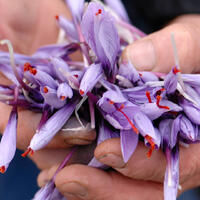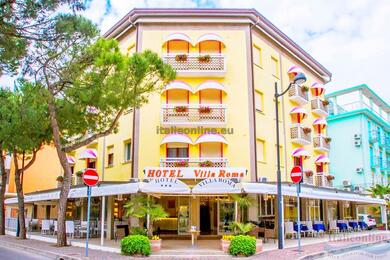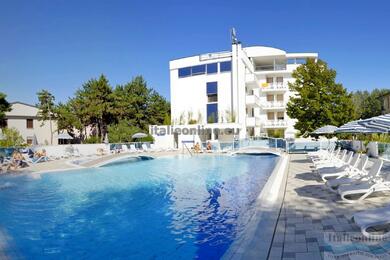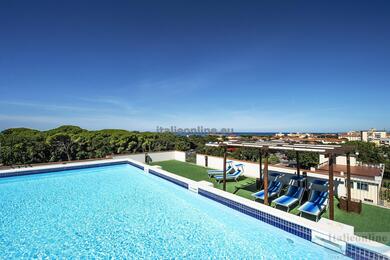History and monuments
Milan has a rich history. During the Roman Empire it was known as Mediolanum and played a key role in the political and military life of the empire. Over the centuries, the city has undergone many changes and has been part of various kingdoms and empires.
One of the most famous symbols of Milan is the Duomo, which is considered one of the largest and most beautiful Gothic cathedrals in the world. Its construction began in 1386 and lasted almost six centuries. Visitors can walk on its rooftops and enjoy the view of the city.
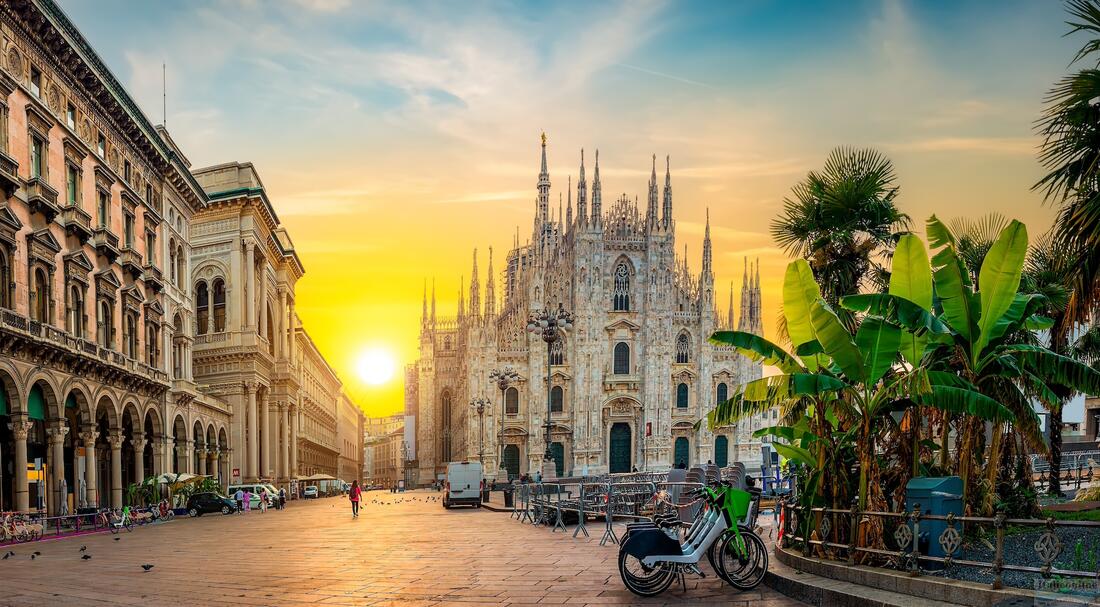
Another architectural gem is the Castello Sforzesco. This is an imposing fortress that played a key role in Milan's defense and today serves as home to several important museums and art collections. Built in the 15th century by the Sforza family, the castle symbolizes the power and influence of this dynasty that ruled Milan during the Renaissance. Visitors can admire the works of important artists, including Michelangelo, whose last unfinished work, the sculpture Pietà Rondanini, is on display here. The surrounding Parco Sempione is a popular place to relax and stroll.
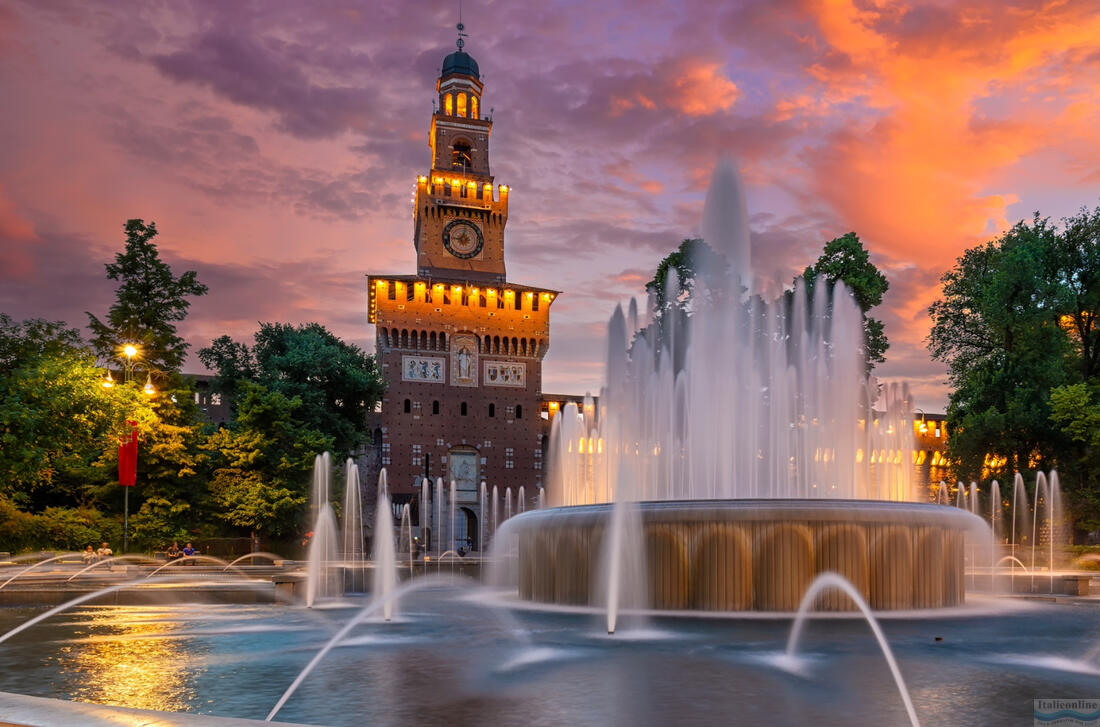
Milan is also home to one of the greatest works of art of all time, housed in the Dominican monastery of Santa Maria delle Grazie.the Convent of Santa Maria delle Grazie is one of Milan's most important monuments and is a UNESCO World Heritage Site. This Dominican monastery is especially famous for Leonardo's masterpiece The Last Supper, which decorates its refectory. The fresco, which depicts Jesus Christ at the Last Supper with his disciples, is considered one of the most important works of Western art. The monastery and the church are a fine example of Renaissance architecture that harmoniously combines a spiritual atmosphere with artistic excellence.
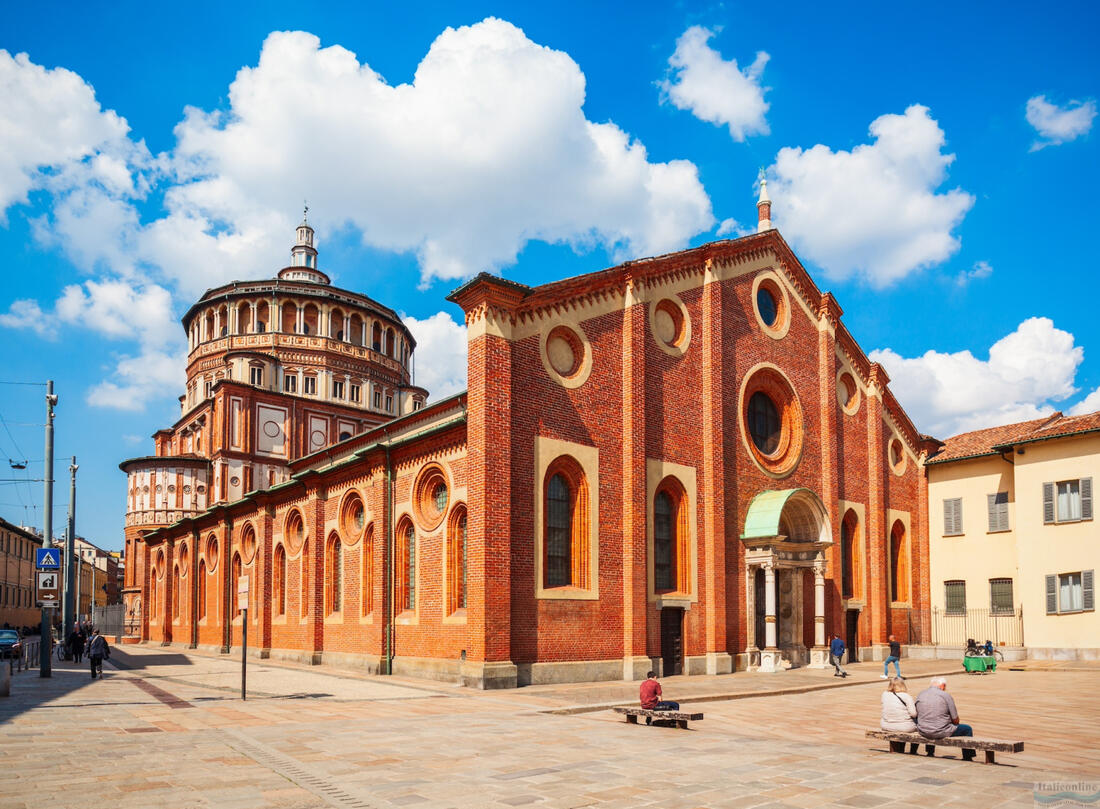
Centre for Fashion and Design
Milan is synonymous with fashion. Every year it hosts major fashion events such as Milan Fashion Week, which attract the world's designers, celebrities and fashion enthusiasts. The city is home to luxury brands such as Prada, Versace, Armani and Dolce & Gabbana, whose boutiques line the famous Via Montenapoleone.
In addition to fashion, Milan is also known for its design. Every year it hosts the Salone del Mobile, one of the world's most important furniture and interior design fairs.
Gastronomy
Milanese cuisine reflects the regional traditions of Lombardy. Typical dishes include risotto alla milanese, golden saffron risotto, and ossobuco, braised veal. Milan is also the city of the aperitivo, where locals and tourists alike enjoy a glass of wine or a cocktail along with small delicacies.

Culture
Culture and art lovers will also enjoy Milan. The Teatro alla Scala, one of the most famous opera houses in the world, attracts opera lovers from all over the world. Milan's many museums and galleries, such as the Pinacoteca di Brera and the Museum of Modern Art, display unique collections of works by Italian and international artists.
Modern Milan
Milan has undergone a major transformation in recent decades. The modern district of Porta Nuova has become a symbol of the city's economic strength, with modern high-rise buildings and elegant architecture.
The Bosco Verticale, two "green" towers covered with thousands of trees and plants, is an example of Milan's commitment to sustainable and ecological development.
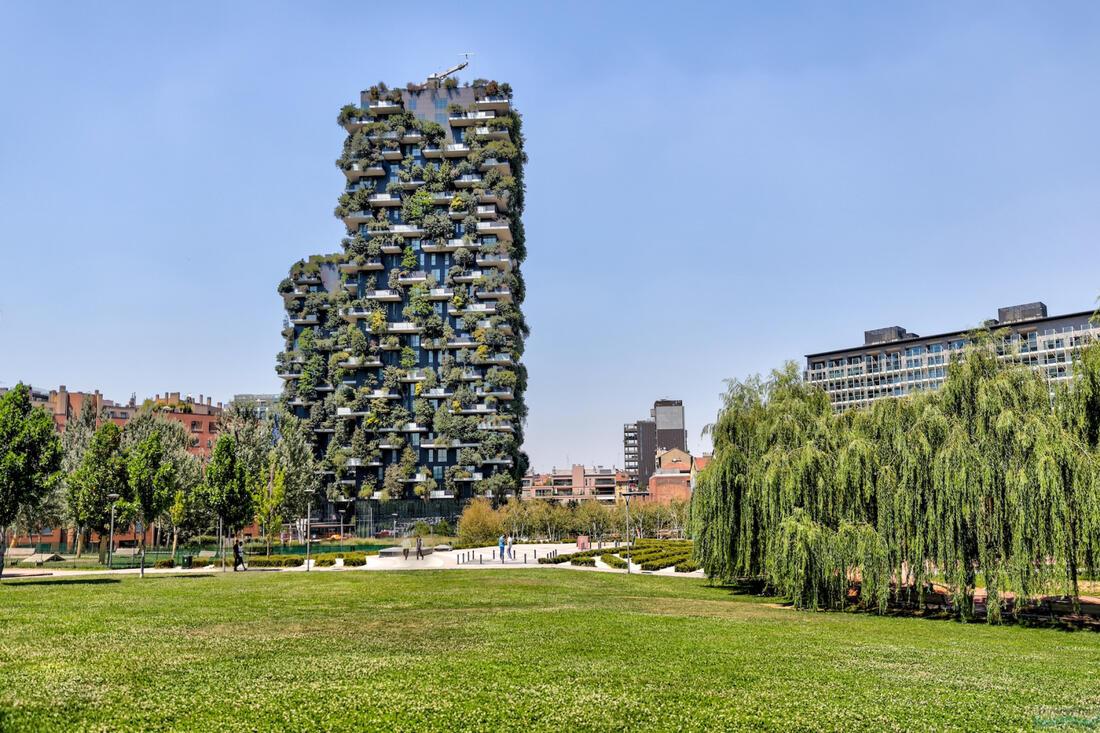
Milan is a city where the past meets the present and where history, culture and innovation go hand in hand. It's a place that has something to offer everyone from art and fashion lovers to gourmets and entrepreneurs.




